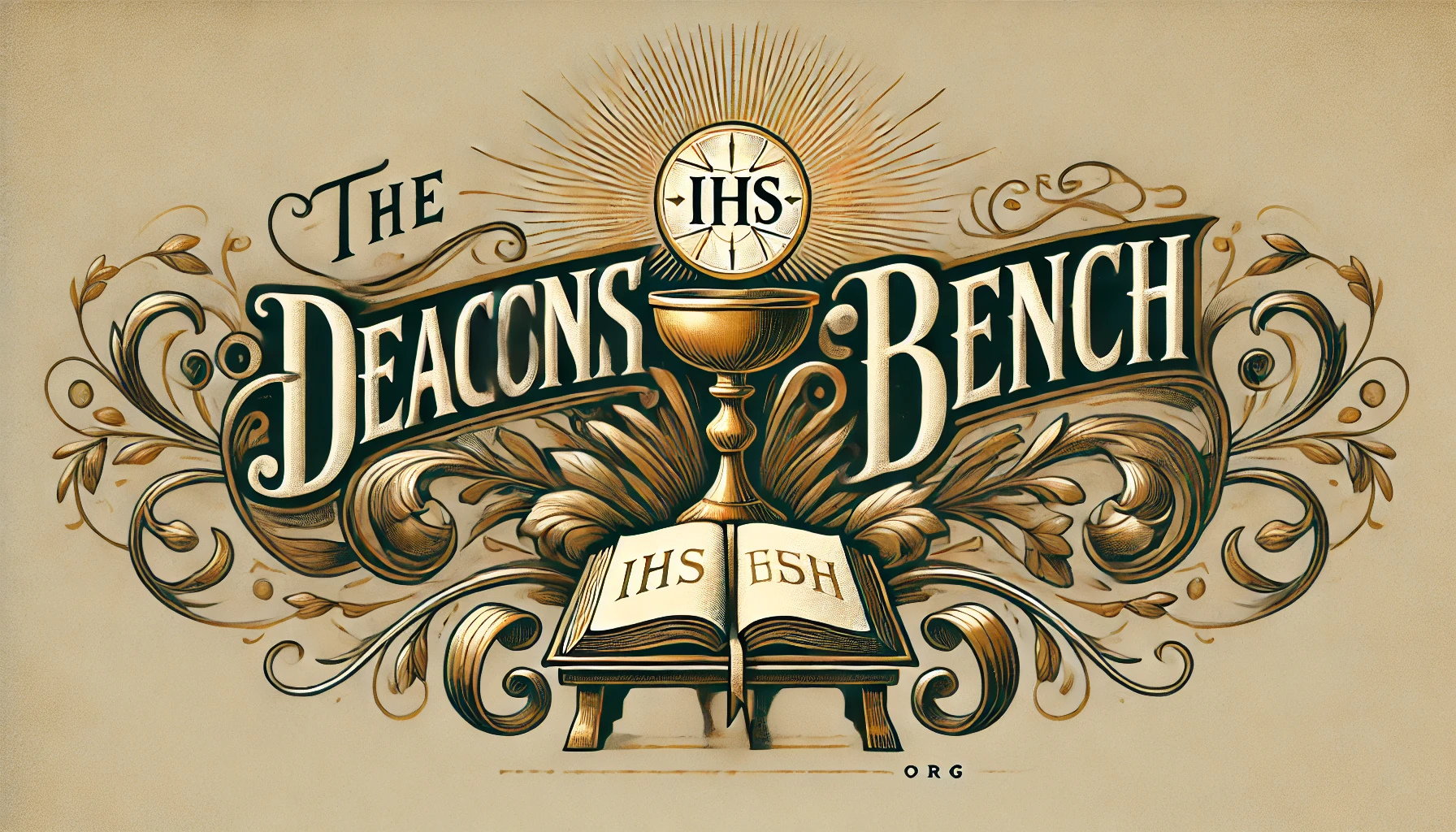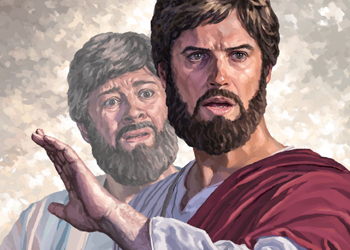Just a few moments before in scripture, though at least six days had passed by the written timeline, Jesus had been informing His disciples that He would have to go to Jerusalem to die. Peter had then rebuked the Lord, denying the plan. There we find this compelling and stinging reprimand to the man, “Get behind me, Satan.” How stinging that rebuke, how painful that statement! It is in this context that we see Jesus then choosing that very man to be one of the very few who went up the mountain with Him. How like our Lord to take those who have fallen, failed the hardest, and then give them but a glimpse of who He truly is.
I imagine that’s part of the reason, as well, that Peter wanted to build some booths there. Our human nature is to stay in the presence of God and worship, especially when we know that at the bottom of the mountain is a loss, hurt, and anguish. We want to be in comfort and safety. To be in constant reminder of the best of times, of the moments when we see God in glory and splendor, but to avoid the cross where we find the true fulfillment of who He is. The same Jesus on top of the mountain is the one in the valley. He wasn’t transformed but transfigured. Not changed but revealed! Then the voice of the Father from Heaven encouraged them, reminded them of the same proclamation that witnesses heard at Jesus baptism, this is my Son! Jesus told them to rise and have no fear, and they followed Him down the mountain toward Jerusalem.
This feast is 40 days from the feast of the Exaltation of the Cross. It is a reminder to us that while our Church building is an important place it is not in the safety and confines of those walls that we are to remain. We are to set our face toward Jerusalem! Toward our cross, our own Easter. We gather each Sunday to again come face to face with Christ in the Sacraments, transfigured before our eyes. It’s tempting to want to stay there, in the safety of that beautiful place. But for us, the laity, we are called instead to go forth. Ita missa est! Go forth; the Mass is ended! Rise, and have no fear! We are to take Jesus, whom we receive in the Eucharist, to travel with Him into the world, dying to ourselves moment by moment that He might live through us.
Our lives are part of the Paschal mystery that we, too, walk the via Dolorosa daily. Our very lives call to the Revelation God has given to us in the Transfiguration. Jesus, being positioned between Moses and Elijah, shows Him to be the focus of the Law and the Prophets. That is that with Christ at the center, He is the center of all Revelation. God became man that man might become more like God. He is allowing us to go forth, emulating God in our daily lives, being like God in our very existence. You are a temple of the living God, and in every kind act, every moment of love, He can shine forth through you to those very much in need of Him.
Yesterday I spoke about how we need to know who we are. The Feast of the Transfiguration reminds us of not only who we are but who lives inside of us! I want to live my life in a way that people can see Him shining through me in such a way that He works through me. Not for my glory or honor, but for others to come to know Him and find the same joy, love, and forgiveness that Jesus has shown me. To do that, though, I have to face the cross of self-denial, detachment. To let go, and let God. Easier said than done, but it all starts with listening as He tells us every moment of our lives: “Rise and have no fear. I am with you, always.”
A reflection on the readings for the Feast of the Transfiguration of the Lord: August 6th, 2020

